Recently in Europe, many famous destinations such as Venice (Italy), Barcelona (Spain) or Paris (France) ... have faced the problem of "overtourism" and increasingly heavy environmental pressure. In that context, the European Union (EU) is gradually building the European Tourism Strategy 2026 - the first plan to put sustainability as a central principle, aiming to balance economic development, environmental protection and community welfare.
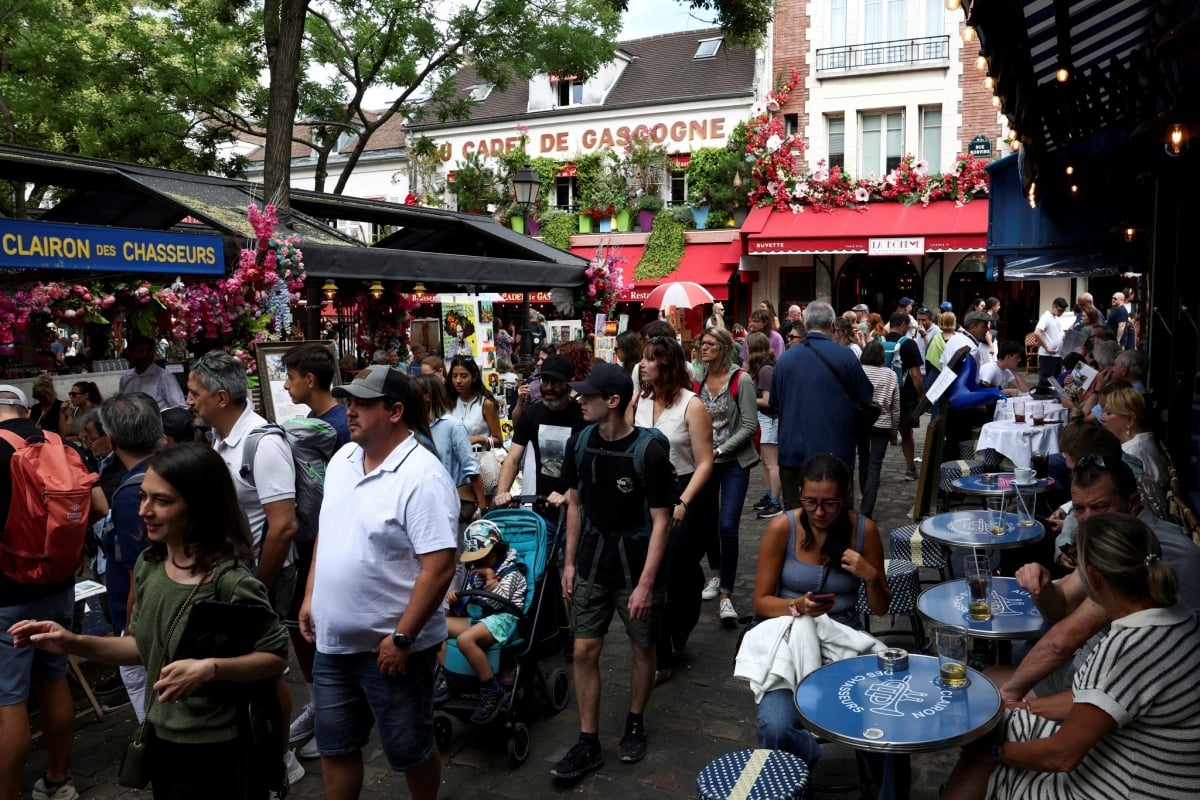
The Montmartre hill area in Paris (France) is a place that attracts a lot of tourists. Source: Reuters
Switzerland's sustainable tourism model
European cities are facing an increasing challenge in balancing the economic benefits of tourism with the well-being of their residents. The rapid increase in tourist numbers in some destinations has put enormous pressure on infrastructure, caused pollution and negatively affected the quality of life of local residents.
Faced with this situation, many cities in Europe have begun to refer to and apply the sustainable tourism model of Switzerland - a country that has developed innovative strategies to both welcome tourists and preserve its natural heritage. One of the highlights is that Switzerland focuses on developing rail transport, using entirely renewable energy from hydroelectricity. This solution is not only environmentally friendly but also helps to distribute tourist flows more reasonably across the country, while reducing carbon emissions. Encouraging travel by train, especially in the low season, helps tourists explore many new lands, minimizing overcrowding at famous destinations during the peak season.
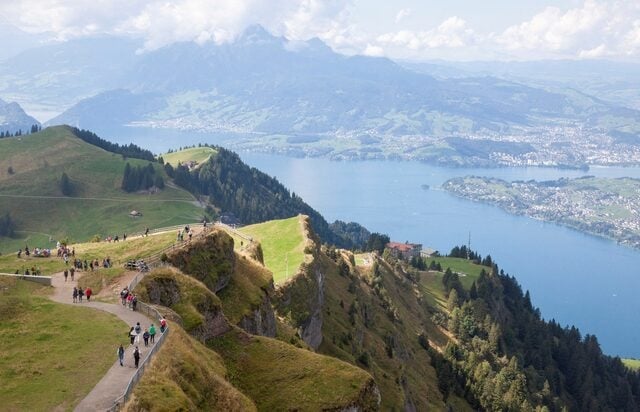
Tourists visit the Rigi mountain range in Lucerne, Switzerland. Source: Reuters
In addition, Switzerland also promotes off-season tourism through impressive media campaigns, helping to reduce pressure on peak destinations, while attracting tourists who prefer peaceful experiences, contributing to promoting year-round tourism economic stability.
In response to the large number of tourists flocking to destinations like Lauterbrunnen, Switzerland has introduced a tourist tax of 5 francs per person. The revenue is used to develop and maintain local infrastructure such as parking lots and toilets, directly contributing to solving the challenges caused by overtourism. This ensures the tourist experience is guaranteed, while the quality of life of the local population is not negatively affected.
This model demonstrates that, although the tax may be symbolic, it generates significant resources for the maintenance and conservation of natural and cultural heritage. The money raised is reinvested locally, helping to reduce the burden on the city budget and meeting the expectations of both tourists and the community.
Revenue from tourism taxes also supports the development of sustainable infrastructure, improved accessibility and management of tourist areas. This ensures a balance between tourism development and environmental protection, ensuring that the integration of tourists and local communities can take place in a harmonious and positive way.
Sustainable tourism - the focus of attention in Europe

Anti-tourism protest march in the Canary Islands, Spain. Source: Reuters
Many major cities in Europe have now proactively implemented sustainable tourism measures following the Swiss model, focusing on the use of clean energy and applying mandatory tourist taxes. Venice (Italy) and Barcelona (Spain) are typical examples, as these localities have actively introduced policies to limit overcrowding by collecting tourist taxes, while promoting the use of environmentally friendly means of transport.
For Paris (France), the tourist tax is maintained at a symbolic level. Unlike Venice or Barcelona, Paris has a larger area and the ability to receive a large number of tourists, helping the city to "bear the load" better. In addition, Paris is also gradually deploying a transportation system using clean energy, creating conditions for tourists to participate in the process of developing sustainable tourism, contributing to protecting the urban environment.
In Croatia, eco-friendly hotels have flourished, with around 20 properties equipped with solar panels, double-glazed windows, and advanced heating, ventilation and air conditioning systems. These improvements not only save energy but also improve the quality of service for visitors.
Welcoming more than 50,000 visitors each year, the Hypogeum area (Malta) - a UNESCO World Heritage Site, has installed a climate control system, ensuring stable temperature and humidity, thereby protecting ancient frescoes from decay due to environmental impacts.
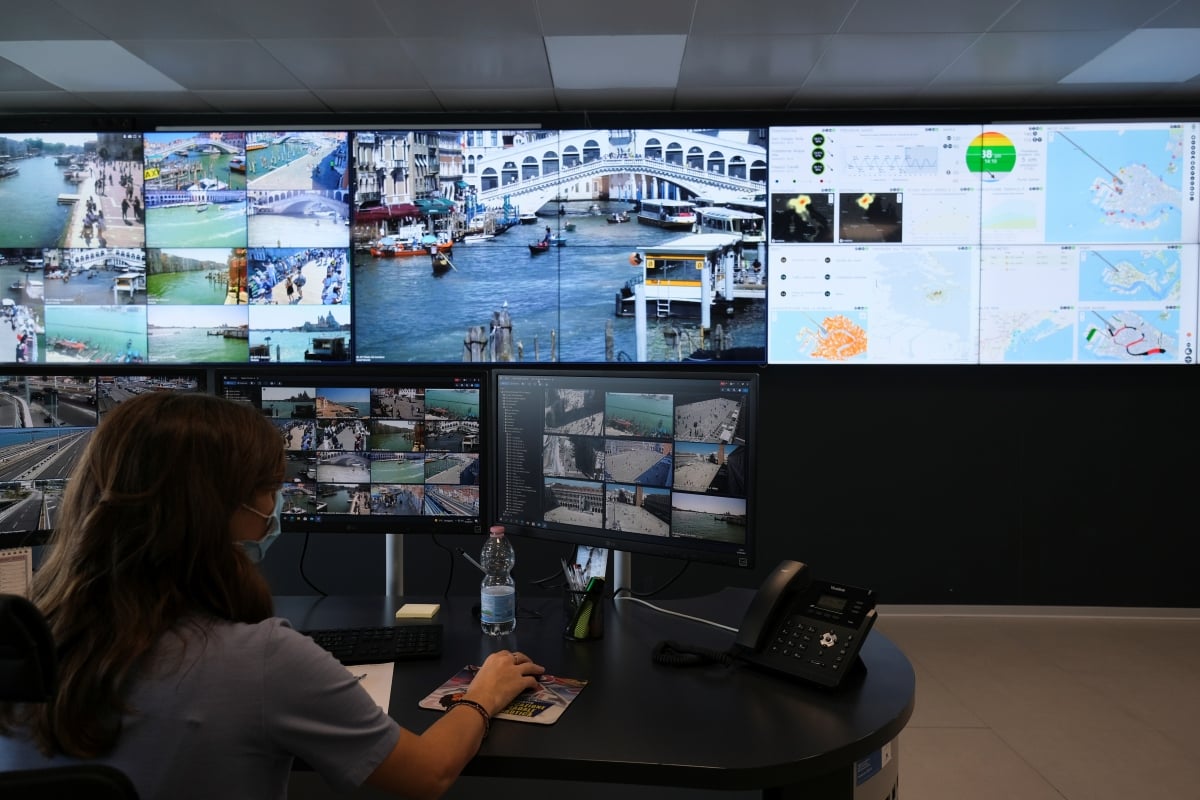
A tourist traffic management system in Venice, Italy. Source: Reuters
In addition, many European localities have proactively implemented different tourist taxes to regulate the flow of visitors. For example, in Venice, the tourist tax for a day trip is higher than for a longer trip. This measure helps reduce the number of visitors, increases the city's revenue, and thereby increases the budget for maintaining essential infrastructure.
Some major cities also apply the form of selling tickets to visit attractions with a limited number of people per day, only for some travel companies. This model has been implemented at famous places in France such as the Louvre Museum, Eiffel Tower, Palace of Versailles to limit the number of visitors, helping travel companies effectively manage the flow of visitors, organize reasonable arrangements and avoid overcrowding at prominent attractions.
One of the important solutions being implemented by European countries is to develop a transportation system using clean energy. Vehicles such as electric trains, electric cars, electric buses, etc. are being heavily invested in to provide many environmentally friendly options for tourists, while minimizing emissions and pollution from fossil fuels such as gasoline, oil, and coal.
Developing green transportation not only helps protect the environment but also creates conditions for new destinations to attract tourists. When travel becomes more convenient, tourists will easily visit longer, more distant routes, reducing the focus on symbolic points in the center. Governments of many countries also encourage traditional businesses in the fields of garments, cuisine, handicrafts... to switch to tourism, taking tourists to visit long-standing production facilities and explore historical sites. Thanks to that, businesses have more sustainable sources of income, continue to maintain and reinvest in environmentally friendly products.
In general, sustainable tourism has become a focus of attention in Europe. By 2026, the European Commission plans to designate a “European Capital of Smart Tourism” and a “Green Pioneer City for Smart Tourism”. This model opens up opportunities for cities and destinations with a population of 25,000 - 100,000, promoting broad participation in the transition towards sustainable tourism.
Source: https://bvhttdl.gov.vn/chau-au-dinh-hinh-chien-luoc-du-lich-theo-huong-ben-vung-2025103110002836.htm


![[Photo] Prime Minister Pham Minh Chinh attends the 5th National Press Awards Ceremony on preventing and combating corruption, waste and negativity](https://vphoto.vietnam.vn/thumb/1200x675/vietnam/resource/IMAGE/2025/10/31/1761881588160_dsc-8359-jpg.webp)

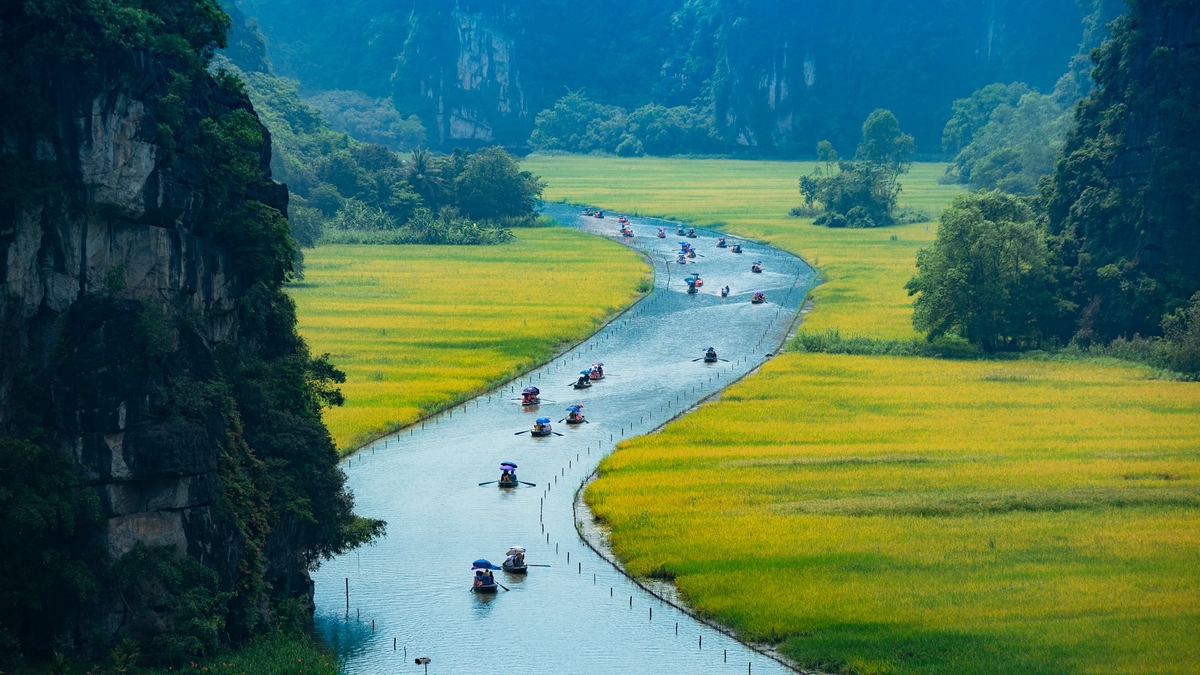
![[Photo] Da Nang: Water gradually recedes, local authorities take advantage of the cleanup](https://vphoto.vietnam.vn/thumb/1200x675/vietnam/resource/IMAGE/2025/10/31/1761897188943_ndo_tr_2-jpg.webp)






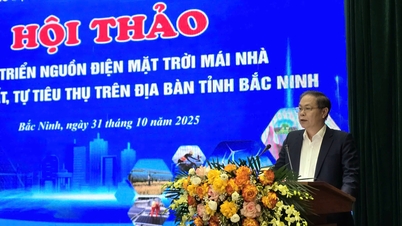

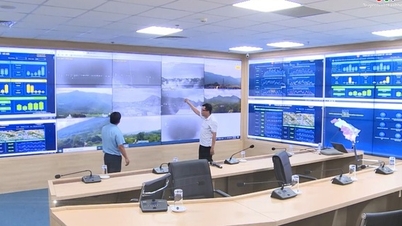
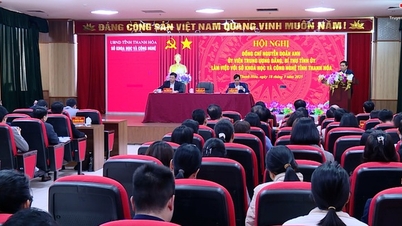




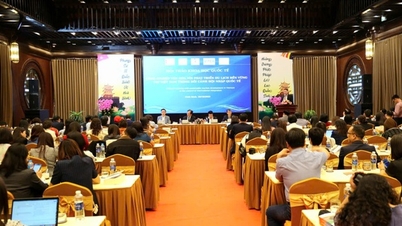


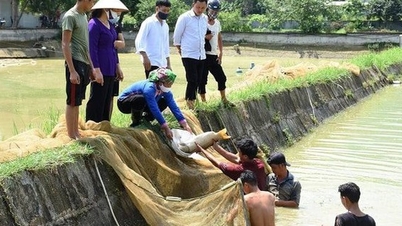
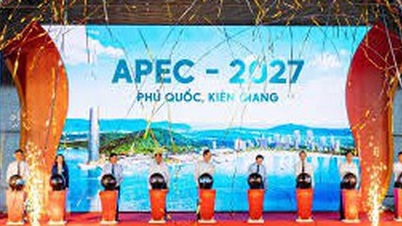



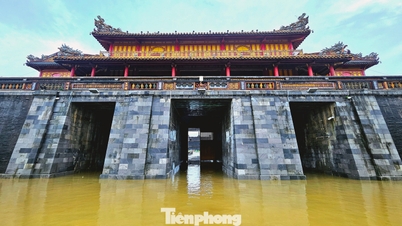

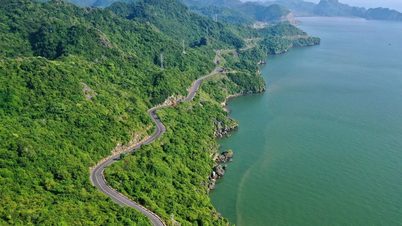
















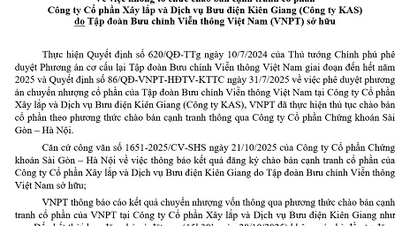



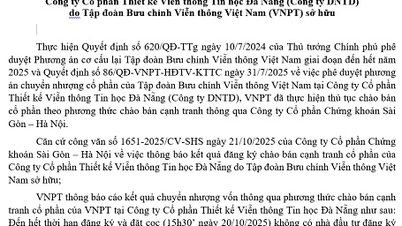










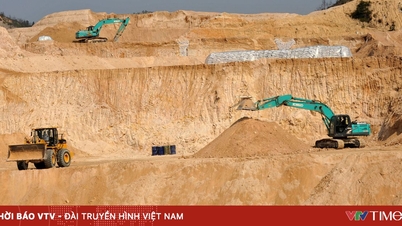



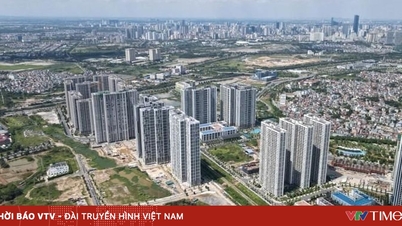

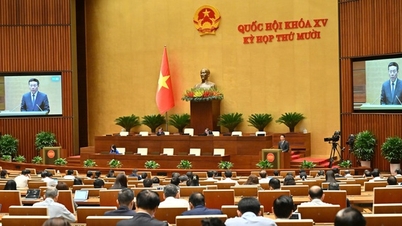
























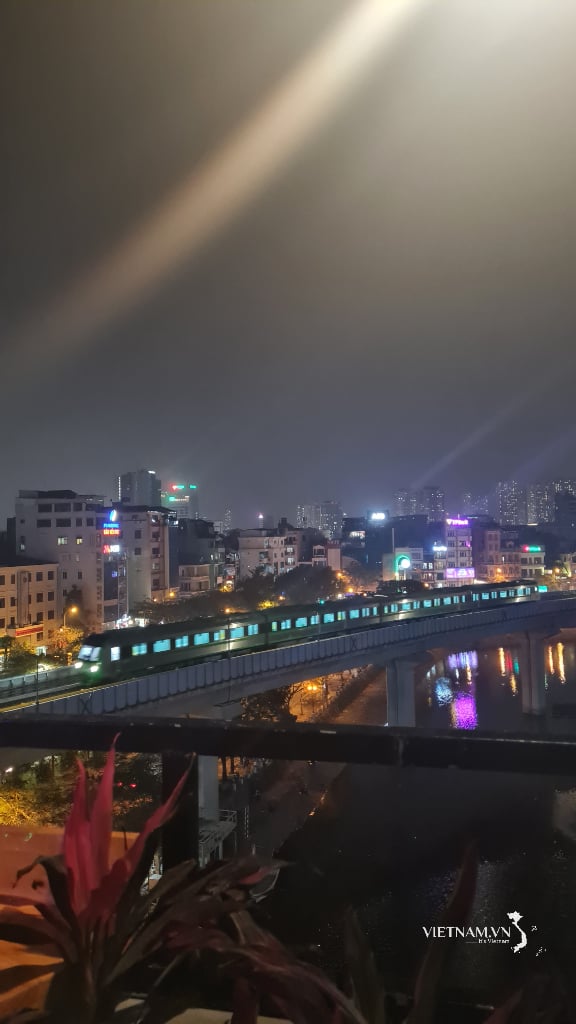

Comment (0)